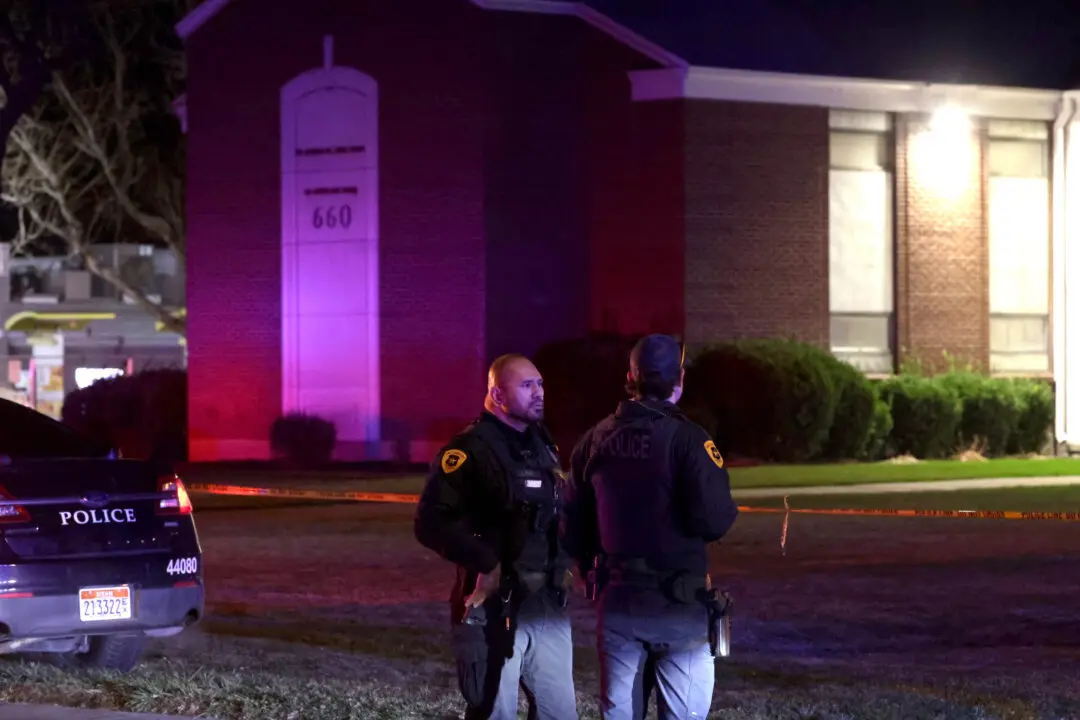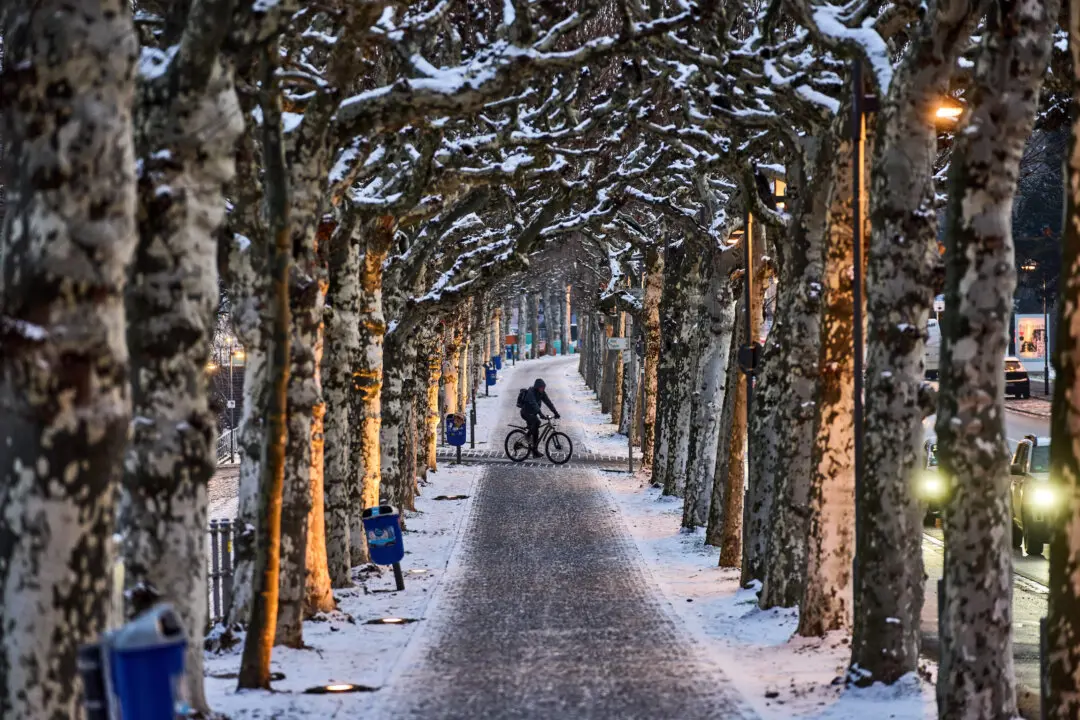The mayor of Austin, Texas, responded to mounting criticism and apologized Friday for a lack of communication with residents as a winter storm coated the city in ice and cut power—and heat—to thousands of residents for days.
The weather finally started to moderate Friday and bring some relief to frustrated Texans, particularly in Austin, where at any given time 30 percent of customers in the city of nearly a million were without electricity since the storm hit early this week.





